Temples all over Asia are religious sanctums where centuries-old tradition merges with daily religious practice. They draw millions of visitors annually, but they are not tourist sites—they are vibrant places of worship that must be respected.
Western tourists often commit cultural blunders unknowingly simply because temple etiquette is quite unlike the religious temples they are used to. Here are 20 essential temple etiquette tips that will help you travel respectfully through these sacred sites and deepen your appreciation for the traditions they preserve.
Shoes Always Come Off

Leave those shoes at the door – no exceptions. This practice maintains ritual purity within sacred spaces and ranks among the most universal rules across Asian religions. Look for shoe racks near entrances or spots where other visitors have left their footwear.
In larger complexes, only certain buildings might require bare feet – so watch what locals do. Wear slip-on if you hate untying laces 50 times daily, and maybe pack socks if you’re squeamish about bare feet on public floors.
Dress Modestly Despite the Heat
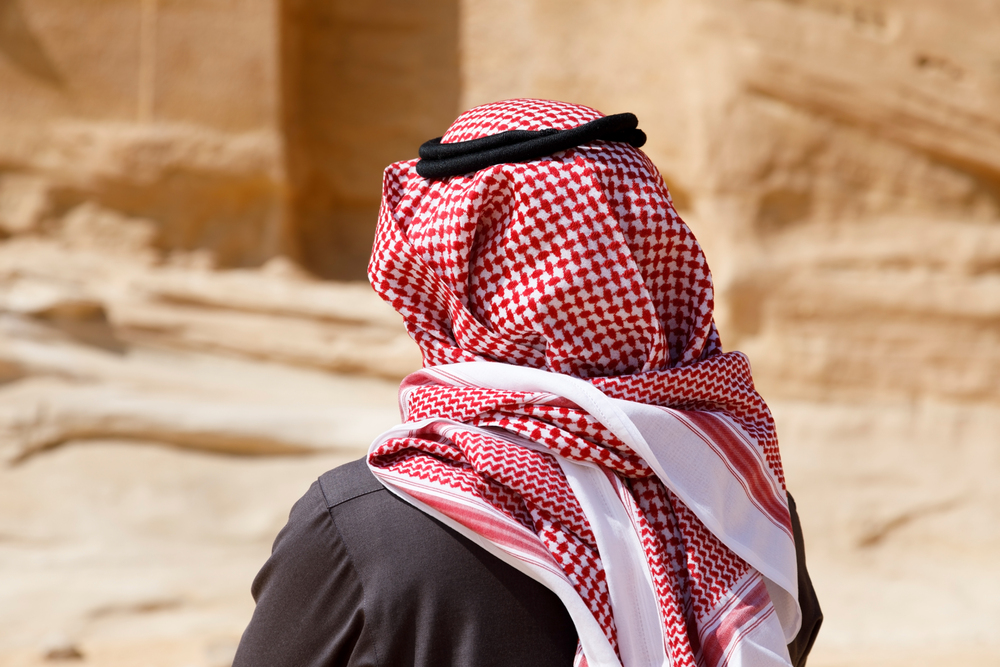
That tropical heat doesn’t excuse shorts and tank tops – conservative dress shows respect regardless of your personal beliefs. Both men and women should keep shoulders and knees covered in most temples.
Many tourist-heavy sites keep sarongs available for unprepared visitors – sometimes for free, sometimes for a small rental fee. Smart travelers plan with lightweight, breathable fabrics that provide coverage without causing heatstroke. Those flowy linen pants from the market? Perfect temple attire.
Like Travel Pug’s content? Follow us on MSN.
Mind Your Head Level
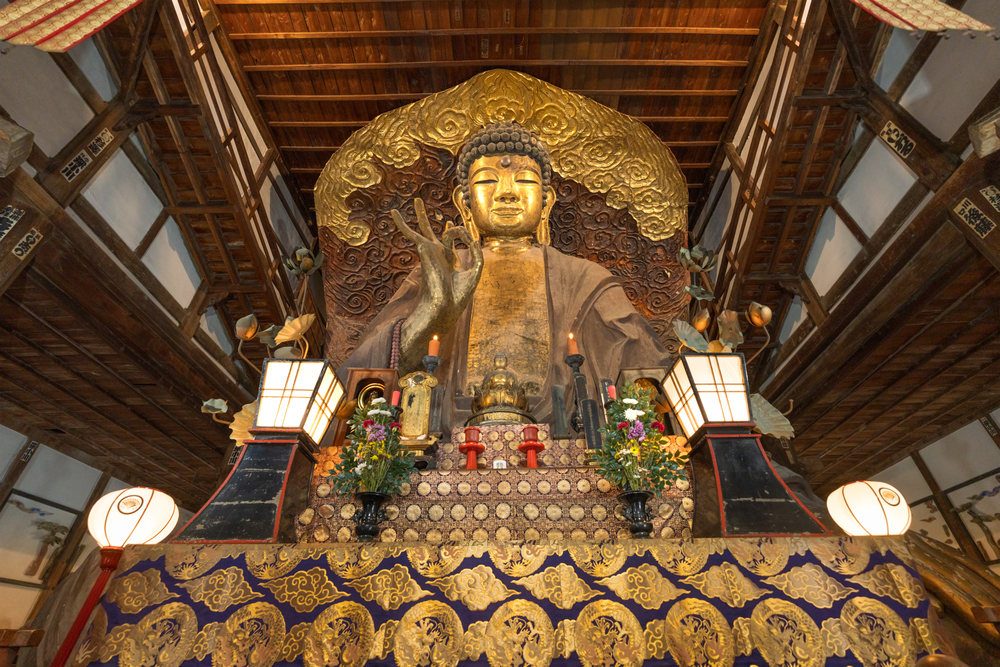
In many Buddhist countries, the head represents the most sacred body part – while the feet rank as the lowest and least pure. Never touch anyone’s head – not even cute local children – and don’t position yourself physically higher than Buddha images or monks.
This could mean sitting on the floor rather than elevated seating when religious authorities are present. The spiritual hierarchies manifest physically in these spaces, so bodily positioning carries genuine significance beyond mere formality.
Point With Your Right Hand

The left-hand handles bathroom duties across much of Asia, making it inappropriate for social interactions. Use your right hand exclusively when indicating directions, pointing to temple features, or passing objects.
Many Southeast Asian cultures consider pointing with a single finger rude regardless of which hand you use—instead, gesture with your full right hand, palm upward. These handedness taboos run deep in social conditioning; even unintentional violations can create visceral discomfort for local observers.
Photography Restrictions Vary Dramatically

That perfect Instagram shot might violate sacred boundaries. Photography policies differ not just between countries but between individual temples in the same city. Some prohibit all interior photography, others allow non-flash images, and some require special tickets for camera privileges.
Always check signage or ask staff before clicking that shutter. Ceremonies and particularly sacred spaces typically carry stricter prohibitions. Remember that photographing worshippers without permission violates their privacy during spiritual moments.
Like Travel Pug’s content? Follow us on MSN.
Never Touch Buddha Images

Those Buddha statues aren’t decorative art pieces – they’re religious objects central to worship. Touching sacred figures, even briefly for photos, demonstrates profound disrespect.
This applies to all religious statuary regardless of condition – even ancient, damaged figures retain their sacred status. Keep a respectful distance from religious imagery, especially when photographing, and resist the unfortunately common tourist impulse to pose with arms around sacred statues.
Some temples now post guards specifically to prevent such contact.
Walk Clockwise Around Sacred Objects
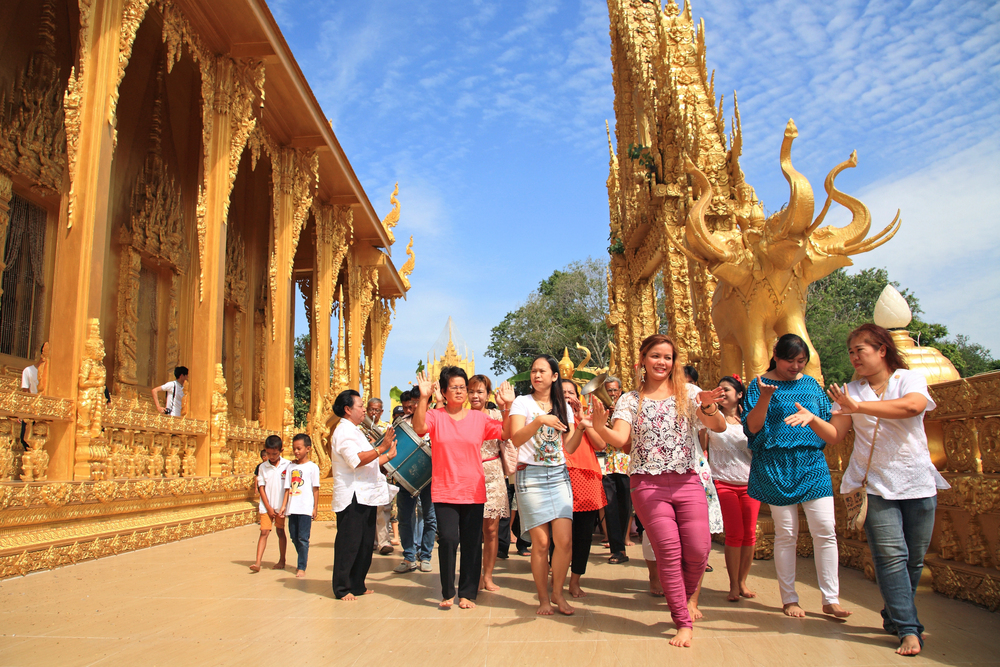
Notice people walking in circles? Join that flow – many Buddhist temples follow circumambulation practices where devotees walk clockwise around stupas or main buildings. This ritual movement – called pradakshina or khora, depending on tradition – holds deep spiritual significance.
The sacred object always stays to your right during this clockwise movement. Some temples feature specific pathways for this purpose, while other sites incorporate this movement naturally into their architectural design through curved walkways or strategic doorway placement.
Watch Where You Point Those Feet
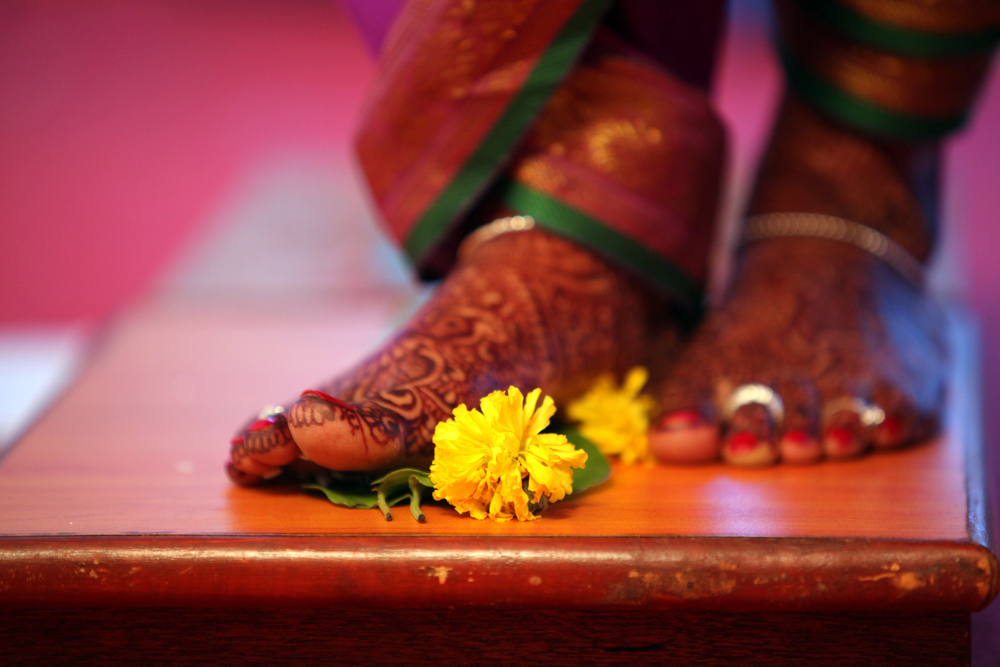
If positioned carelessly, your feet might accidentally insult deities and monks. In Buddhist and Hindu traditions, feet represent the lowest, least pure body part, so never point them toward Buddha images, monks, or altars when seated.
Sit cross-legged or kneel with feet tucked behind rather than stretching legs toward sacred objects. Thai temples require special vigilance about foot positioning; pointing feet toward anyone signals serious disrespect regardless of religious context.
Like Travel Pug’s content? Follow us on MSN.
Enter and Exit Doorways Mindfully
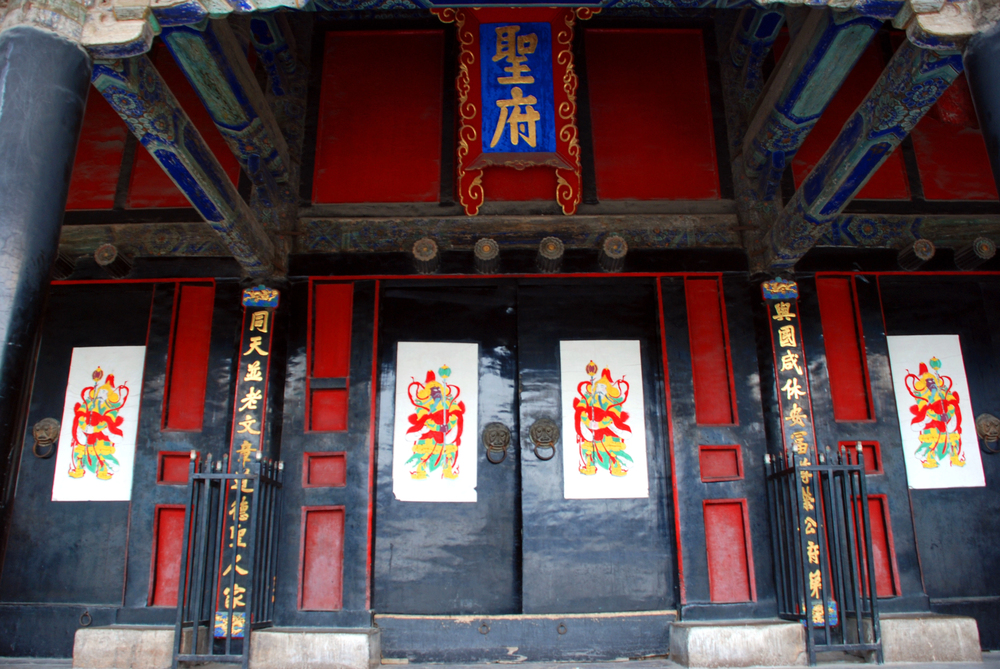
That raised wooden threshold isn’t a tripping hazard – it’s a spiritual boundary. Traditional beliefs hold that these elevated thresholds keep evil spirits out of sacred spaces.
Make a conscious effort to step over rather than on these boundaries when entering or exiting temple buildings. Some traditions consider the left foot more auspicious for entering sacred spaces, though practices vary by country.
When uncertain, simply observe local worshippers and follow their lead rather than barging through doorways thoughtlessly.
Maintain Appropriate Volume

Temples aren’t selfie backdrops—they’re spaces for meditation and prayer that require peaceful quiet. Keep conversations whispered, silence mobile devices, and move gently through areas where worship occurs.
Even tourist-heavy temples serve primarily as religious sites where local devotees come for genuine spiritual purposes. Your respectful silence allows others to maintain their focus during important rituals and personal devotions.
This applies doubly during scheduled prayer times when monks perform ceremonies.
Mind Your Sitting Posture
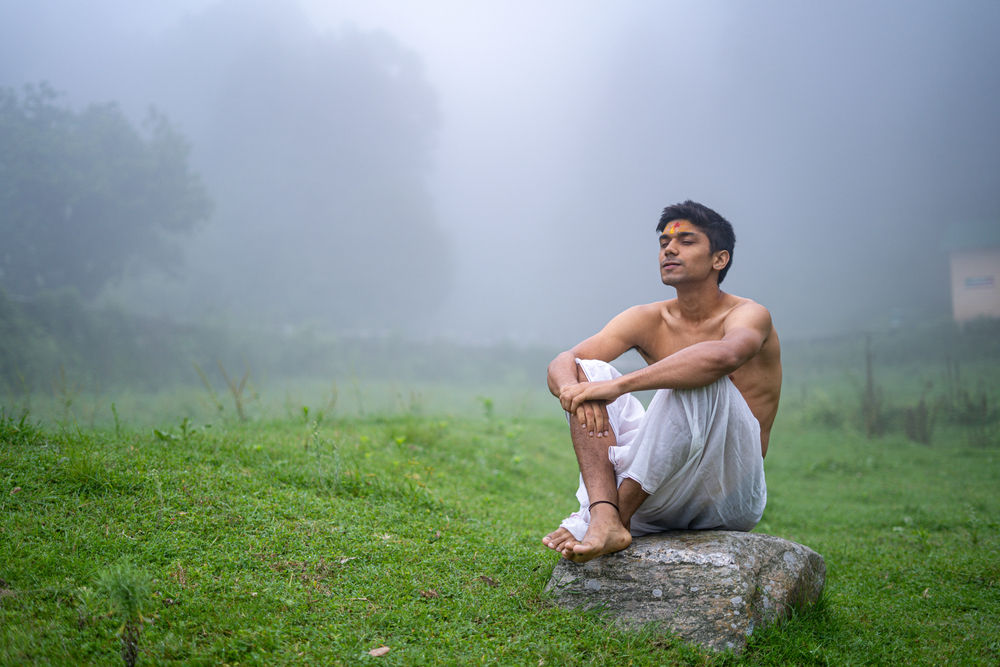
How you sit communicates volumes about your respect level. Never position yourself with your back to Buddha images, and always keep those problematic feet pointed away from sacred objects and people.
Women in Southeast Asian countries traditionally sit with legs tucked to one side rather than cross-legged. In Thailand, the ‘mermaid pose’ (legs tucked to one side) represents the polite feminine sitting position, while men typically sit cross-legged.
When uncertain, simply observe and mirror what local worshippers do.
Like Travel Pug’s content? Follow us on MSN.
Respect Monks’ Personal Space
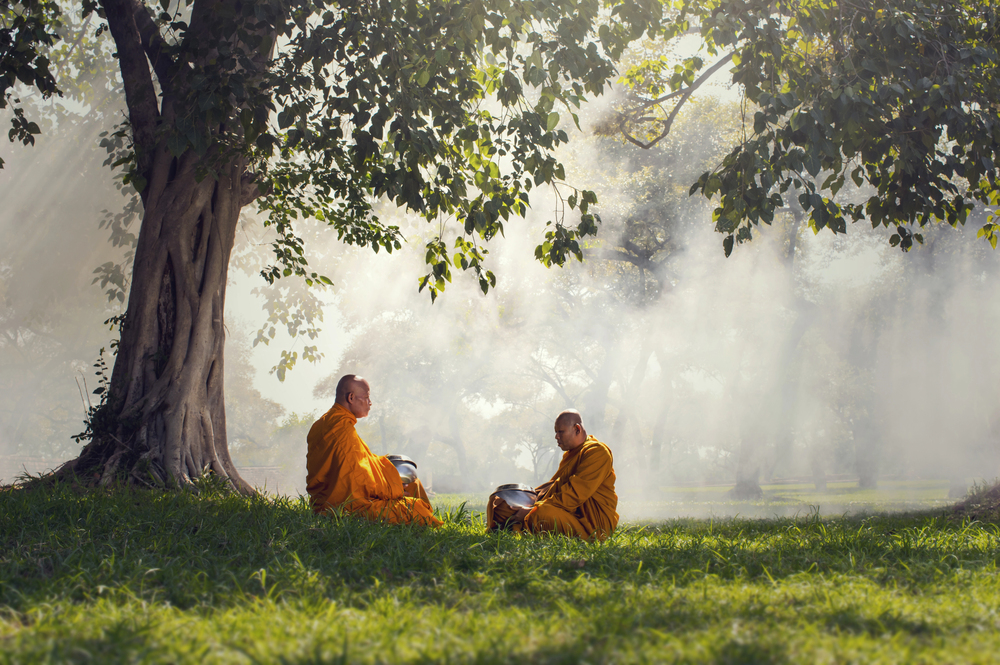
Buddhist monks follow strict regulations regarding physical contact, particularly with women. Female visitors should never touch monks or hand objects directly to them. In Thailand and Myanmar, women must maintain a specific physical distance from monks at all times.
If offering donations or communicating with monks, women should place objects within reach rather than making direct transfers. Men face fewer restrictions but should still maintain respectful distance and demeanor when interacting with religious clergy.
Observe Eating Restrictions

Snacking while sightseeing might violate temple protocols. Many complexes maintain specific rules about where food consumption may occur. Some prohibit eating entirely within sacred areas, while others designate specific zones for refreshments.
Bringing food into main worship halls or near sacred objects generally violates respectful practice regardless of the temple. Additionally, during certain religious holidays or observances, specific food restrictions might apply even to visitors within temple grounds.
Research these considerations before planning meals around temple visits.
Learn Basic Greeting Customs
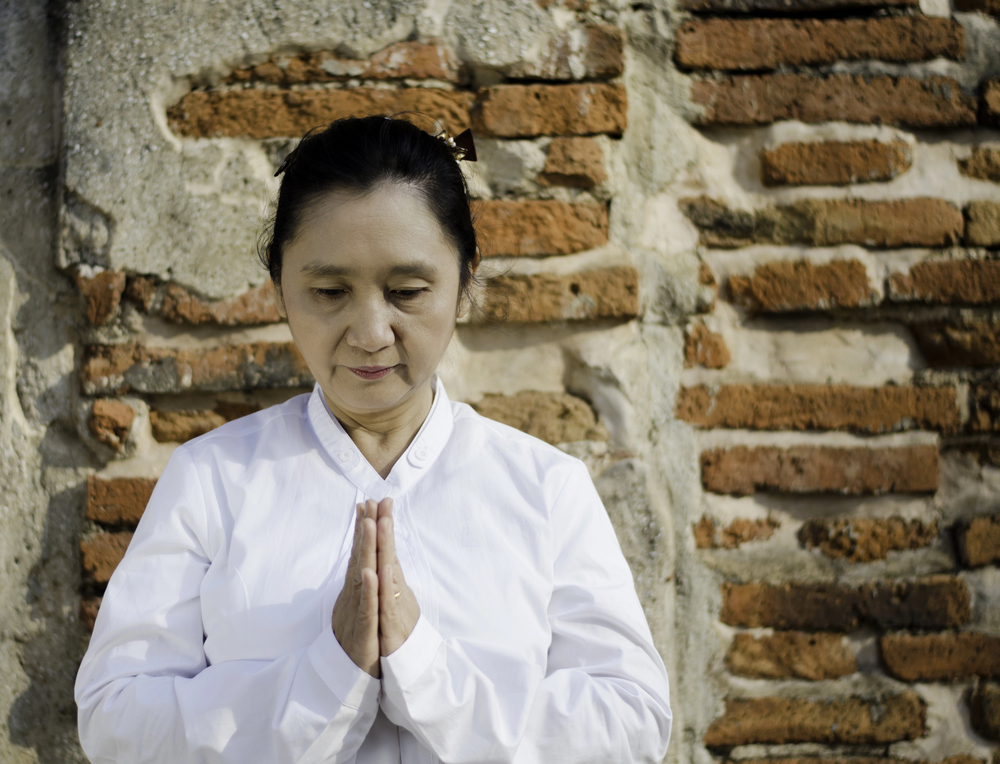
Each Buddhist country has specific greeting forms showing proper respect within religious settings. Thailand uses the wai (pressing palms together near the chest with a slight bow), while Cambodia features the sampeah with different hand positions based on the person’s status.
Japanese temples often involve ojigi (bowing from the waist). Learning basic respectful greetings appropriate to the country you’re visiting demonstrates cultural awareness and respect for local traditions when encountering monks or temple caretakers.
Like Travel Pug’s content? Follow us on MSN.
Understand Donation Etiquette
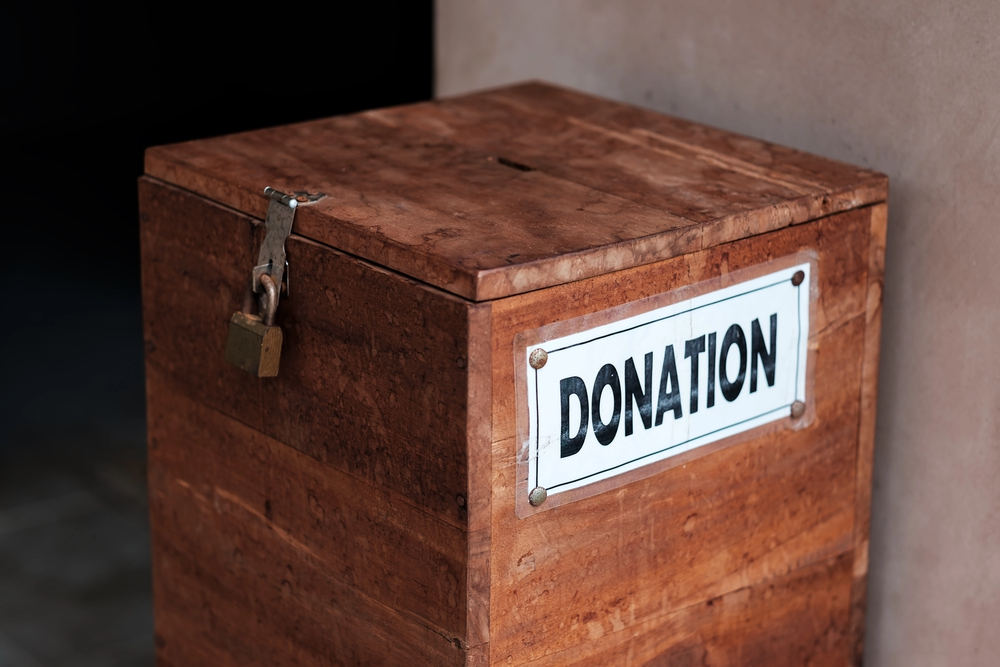
Most temples welcome donations, but practices vary significantly between countries and traditions. Some provide donation boxes for discreet giving, while others involve more ceremonial offerings.
Never donate expecting special treatment, photography privileges, or access to restricted areas. In some traditions, making offerings with your left hand or passing money directly to monks violates proper conduct.
Observe local practices first, then participate in ways consistent with established customs rather than creating your own approach.
Be Mindful of Prayer Rituals
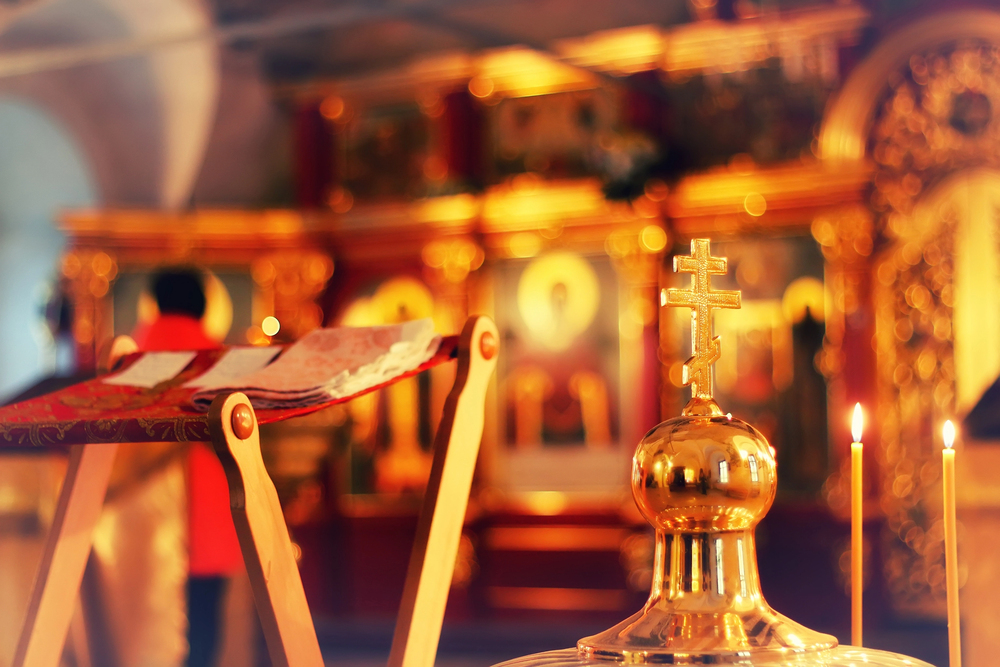
Active temples host numerous daily rituals where tourist observation may or may not be welcome. Standing too close to worshippers, blocking pathways used for ceremonies, or photographing private prayer moments all constitute serious breaches of etiquette.
Maintain a respectful distance from ongoing religious activities unless specifically invited to observe or participate. If ceremonies begin during your visit, either move to viewing areas designated for visitors or quietly exit until the ritual concludes.
Avoid Public Displays of Affection

Conservative behavior expectations extend beyond the dress code to all physical interactions within temple grounds. Holding hands might be acceptable in some contexts, but hugging, kissing, or other intimate contact appears highly inappropriate within sacred spaces.
These restrictions apply regardless of gender combinations or relationship status. Remember that temples represent spaces for spiritual reflection rather than romantic expression, regardless of how significant the temple might be to your personal travel experience.
Like Travel Pug’s content? Follow us on MSN.
Respect Restricted Areas
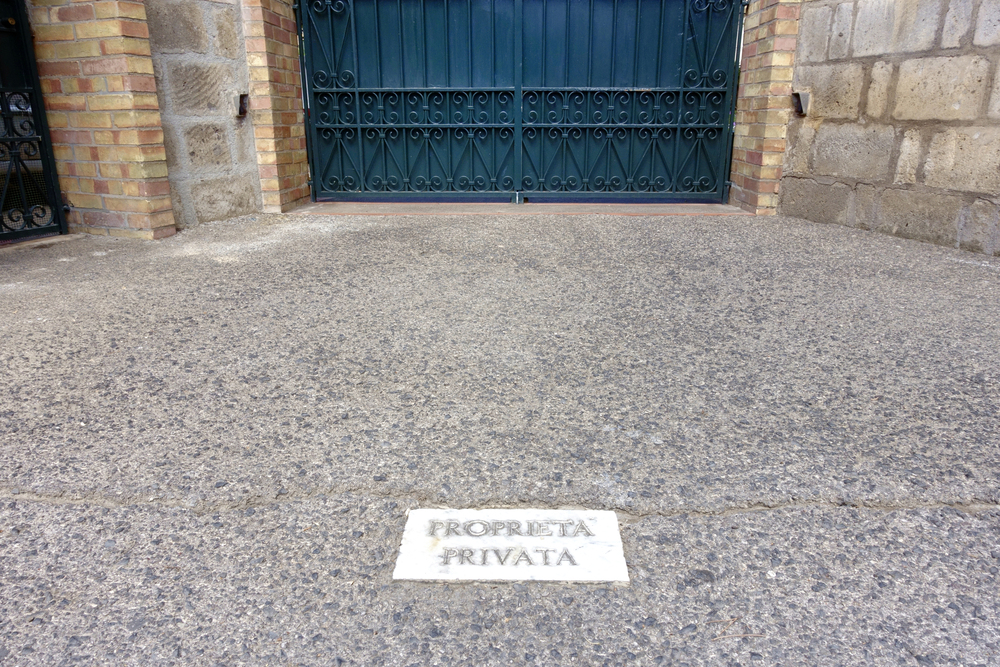
Many temples contain inner sanctums or special areas reserved exclusively for practicing members of that faith or for monks. These restrictions stem from religious significance rather than arbitrary exclusion.
Never attempt to enter spaces marked as restricted or cross barriers, even for photography purposes. Women face additional restrictions in certain traditions – some Buddhist temples in Thailand and Myanmar maintain areas where women cannot enter due to traditional beliefs about ritual purity.
Respect these boundaries even if you disagree with their philosophical basis.
Learn When Photography Exploits Worship

Beyond official photography restrictions, ethical considerations should guide your photo-taking. Capturing images of individuals in prayer without permission exploits private spiritual moments.
Monks and nuns, particularly younger novices, often become unwilling photography subjects due to their distinctive appearance. Always request permission before photographing individuals, and accept refusals graciously.
Consider whether your photography serves educational purposes or merely treats religious practitioners as exotic curiosities.
Remove Religious Accessories

Wearing clothing or accessories featuring Buddhist or Hindu imagery (Buddha t-shirts, Om symbol jewelry) often offends local sensibilities when visiting actual religious sites. What Western fashion treats as decorative elements, practitioners consider sacred symbols.
This extends to tattoos featuring religious imagery – cover Buddha or deity tattoos when visiting temples to avoid offending. These symbols carry a profound meaning for devotees, and their casual display by tourists can appear disrespectful regardless of your appreciation for their spiritual significance.
Like Travel Pug’s content? Follow us on MSN.
Cultural Respect Creates Deeper Experiences

Practicing cultural humility in the approach to temple visits makes these activities more than architecture tourism. The etiquette customs outlined above date back centuries and are based on deeply embedded belief systems and not so much rules that are designed to be an irritant to visitors.
By observing positive behavior, you are demonstrating respect for living religious traditions while learning more about the spiritual practice that produced these remarkable sanctuaries. This attitude of respect actually rewards travelers with richer, more authentic connections to the cultures they encounter along the way in Asia.
More from Travel Pug

- 20 Destinations That Were Once Thriving but Are Now Quietly Disappearing
- 15 Hidden Spots in Disney World’s Magic Kingdom Most Visitors Miss
- 20 Once-Popular Beach Towns That Are Now Ghostly Empty
- 20 Beautiful US Lakefront Towns Where You Can Live for Under $2000 a Month
- 20 Caribbean Islands That Are Safer Than People Think
Like Travel Pug’s content? Follow us on MSN.
